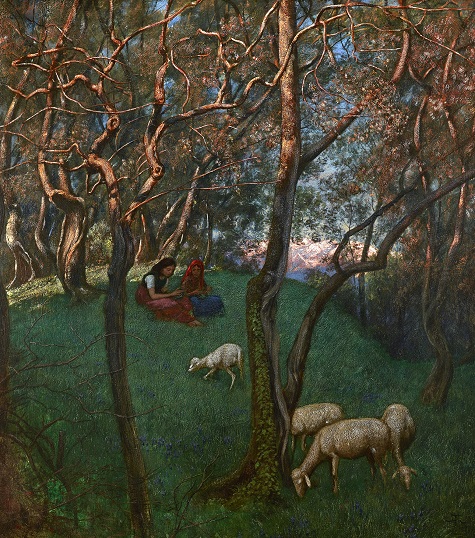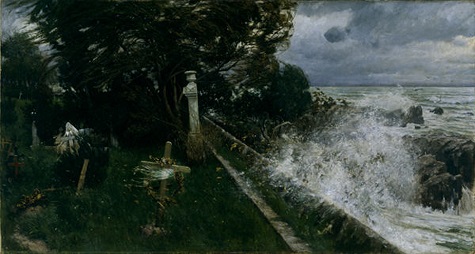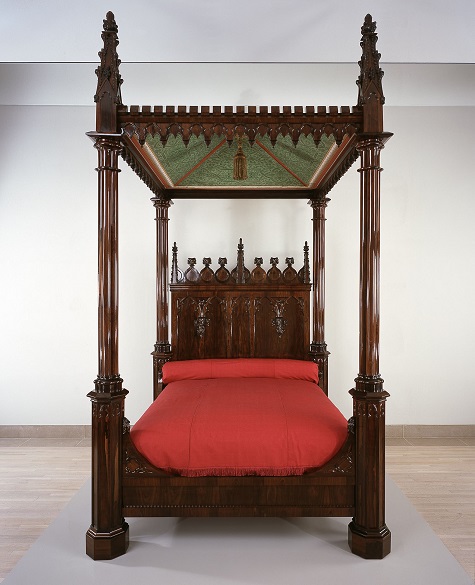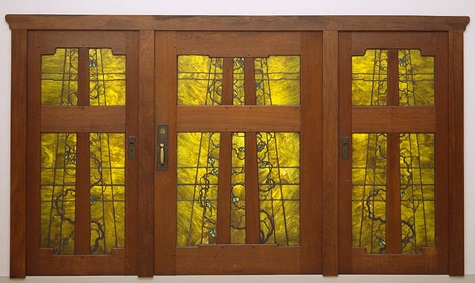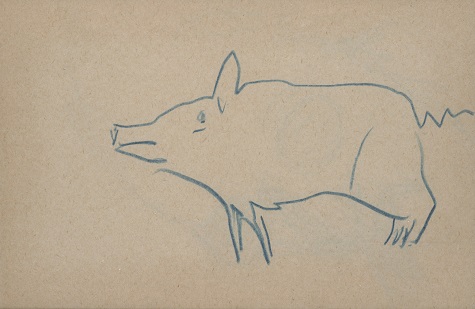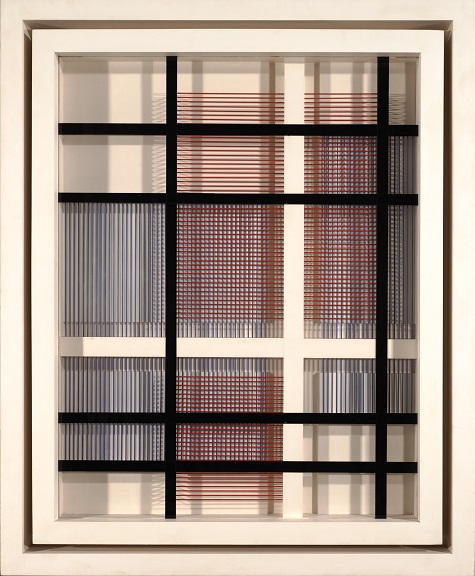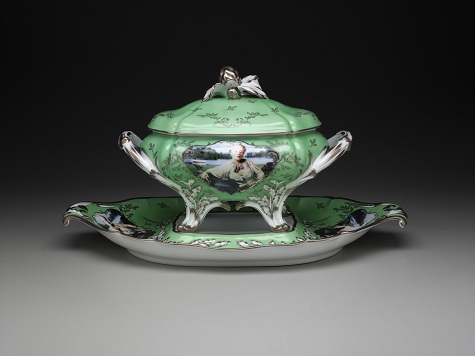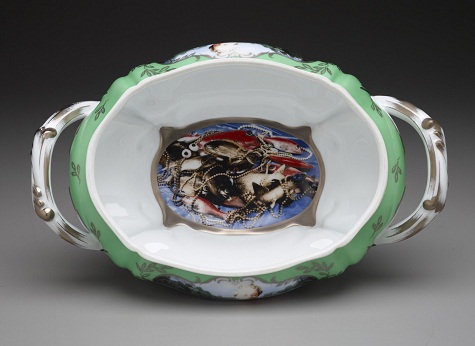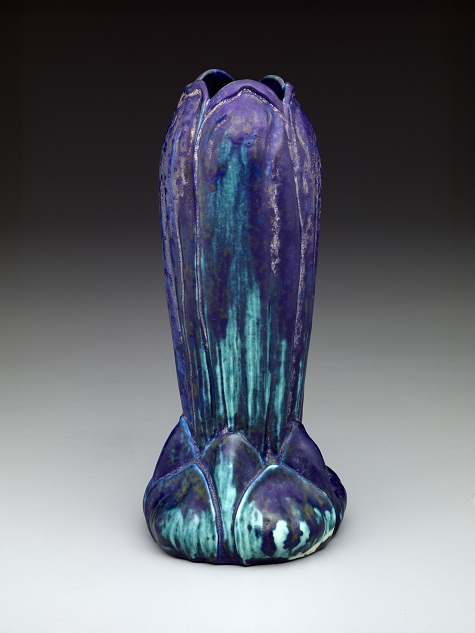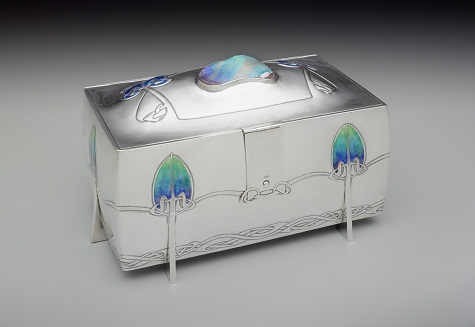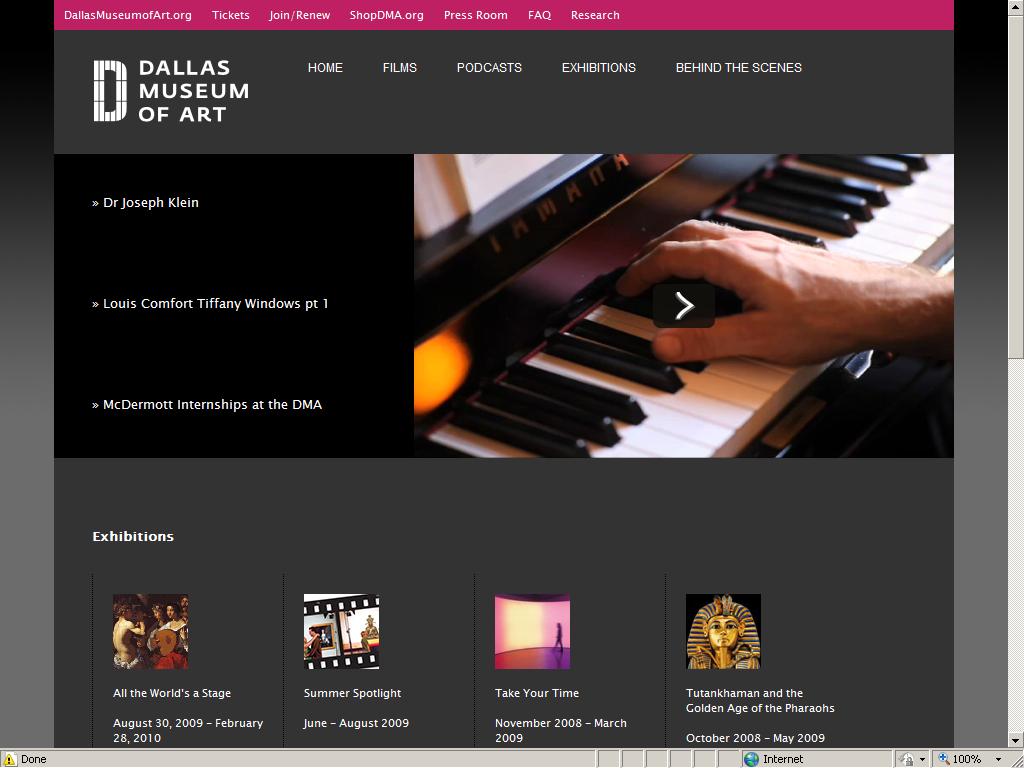In our second installment of “30-Minute Dash” DMA Registrar Reagan Duplisea shares her solution to the tough task of only 30 minutes in the DMA.
- Hans Thoma, Olive Grove at Lake Garda (Olivengarten am Gardesee), 1897, oil on pressboard, Dallas Museum of Art, Foundation for the Arts Collection, Mrs. John B. O’Hara Fund 2013.14.FA
- Ramon Casas, Tired (Fatiguée), c. 1895-1900, oil on canvas, Dallas Museum of Art, Foundation for the Arts Collection, Mrs. John B. O’Hara Fund 2013.22.FA
- Adolf Hiremy-Hirschl, Seaside Cemetery (Seefriedhof), 1897, oil on canvas, Dallas Museum of Art, gift of J.E.R. Chilton 1991.28
A DMA highlights tour for me would begin by taking the elevator to the second floor galleries and turn left to be met with a wall of compelling and dramatic emotion and color, which begins with the despair of Ramon Casas’ Tired, the treacherous sea-swept cemetery of Adolf Hiremy-Hirschl, and ends on the idyllic pastoral note of Hans Thoma’s Olive Grove at Lake Garda.
- Crawford Riddell, Bedstead, c. 1844, Brazilian rosewood, tulip poplar, yellow pine, and polychromed textile, Dallas Museum of Art, gift of three anonymous donors, Friends of the Decorative Arts Fund, General Acquisitions Fund, Discretionary Decorative Arts Fund, and the Boshell Family Foundation 2000.324
- Charles Sumner Greene (American, 1868-1954) and Henry Mather Greene (American, 1870-1954), designersPeter Hall Manufacturing Company and Sturdy-Lange Art Glass Studios, Pasadena, California, manufacturers, Front doors from the Robert R. Blacker House (Pasadena, California), 1907, glass, lead, and teak, Dallas Museum of Art, General Acquisitions Fund with additional support from Friends of the Decorative Arts, 20th-Century Design Fund, Dallas Symposium, Professional Members League, Decorative Arts Acquisition Fund, and Dallas Glass Club 1994.183.A-C
- Winston Churchill, Small Drawing of a Pig, n.d., Dallas Museum of Art, The Wendy and Emery Reves Collection 1985.R.536.A-B
Take the small staircase up to the third floor and take a quick turn through the Northern Decorative Arts gallery. Bask in the glow of the Tiffany windows and Front doors from the Robert R. Blacker House and admire the sturdy yet stunning craftsmanship of the Stickley workshop. Then take a few more steps into the light-infused foyer of the Reves period rooms. Don’t miss the Winston Churchill room, especially his oversized brandy glass and self-portrait in the guise of a portly pig.
- Viktor Schreckengost, Cowan Pottery Studio, “Jazz bowl” or “New Yorker”, c. 1930-1931, earthenware, Dallas Museum of Art, The Patsy Lacy Griffith Collection, gift of Patsy Lacy Griffith by exchange 2010.32
- Charles Biederman, Work no. 3, 1939, 1939, painted wood, glass, and metal rods, Dallas Museum of Art, General Acquisitions Fund, The Roberta Coke Camp Fund, Director’s Enhancement Fund, gift of Raman J. Ghei, and the Patsy Lacy Griffith Collection, gift of Patsy Lacy Griffith by exchange 2007.23
As you exit the decorative arts galleries, make a right to marvel at the delicate Japanese ceramics, pause for a contemplative moment in the calming ambiance of the gallery of Japanese screens and take a quick wander amidst the sly smiles of the Oceanic figures. Take the stairs to the fourth floor and veer left on a path that will lead you past the harmonious and fine lines of Charles Biederman’s Work no. 3, 1939, the Viktor Schreckengost Jazz Bowl and Charles Sheeler’s Suspended Power.
- Crawford Riddell, Bedstead, c. 1844, Brazilian rosewood, tulip poplar, yellow pine, and polychromed textile, Dallas Museum of Art, gift of three anonymous donors, Friends of the Decorative Arts Fund, General Acquisitions Fund, Discretionary Decorative Arts Fund, and the Boshell Family Foundation 2000.324
- Mask with seal or sea otter spirit, Yup’ik, late 19th century, wood, paint, gut cord, and feathers, Dallas Museum of Art, gift of Elizabeth H. Penn 1976.50
- Crouching frog (one of pair), Mixtec, Late Postclassic period, c. A.D. 1300-1500, ceramic, stucco, paint, Dallas Museum of Art, Dallas Art Association Purchase 1969.13.1
This reverse route through the American galleries will ensure that you pass by the majestic Gothic bed before you exit and make a quick beeline for the Ancient Arts of the Americas. The first gallery features objects of jade, in amazing shade variations, and the second will dazzle you with an array of gold. As you leave the final gallery, throw a glance over your right shoulder to catch a glimpse of the charming Yup’ik Mask with seal or sea otter spirit. The Mixtec Crouching frogs outside the galleries will stick their tongues at you, playfully suggesting that you didn’t allot nearly enough time for your visit and goad you into planning another, longer visit soon.
Reagan Duplisea is the Associate Registrar, Exhibitions at the DMA
